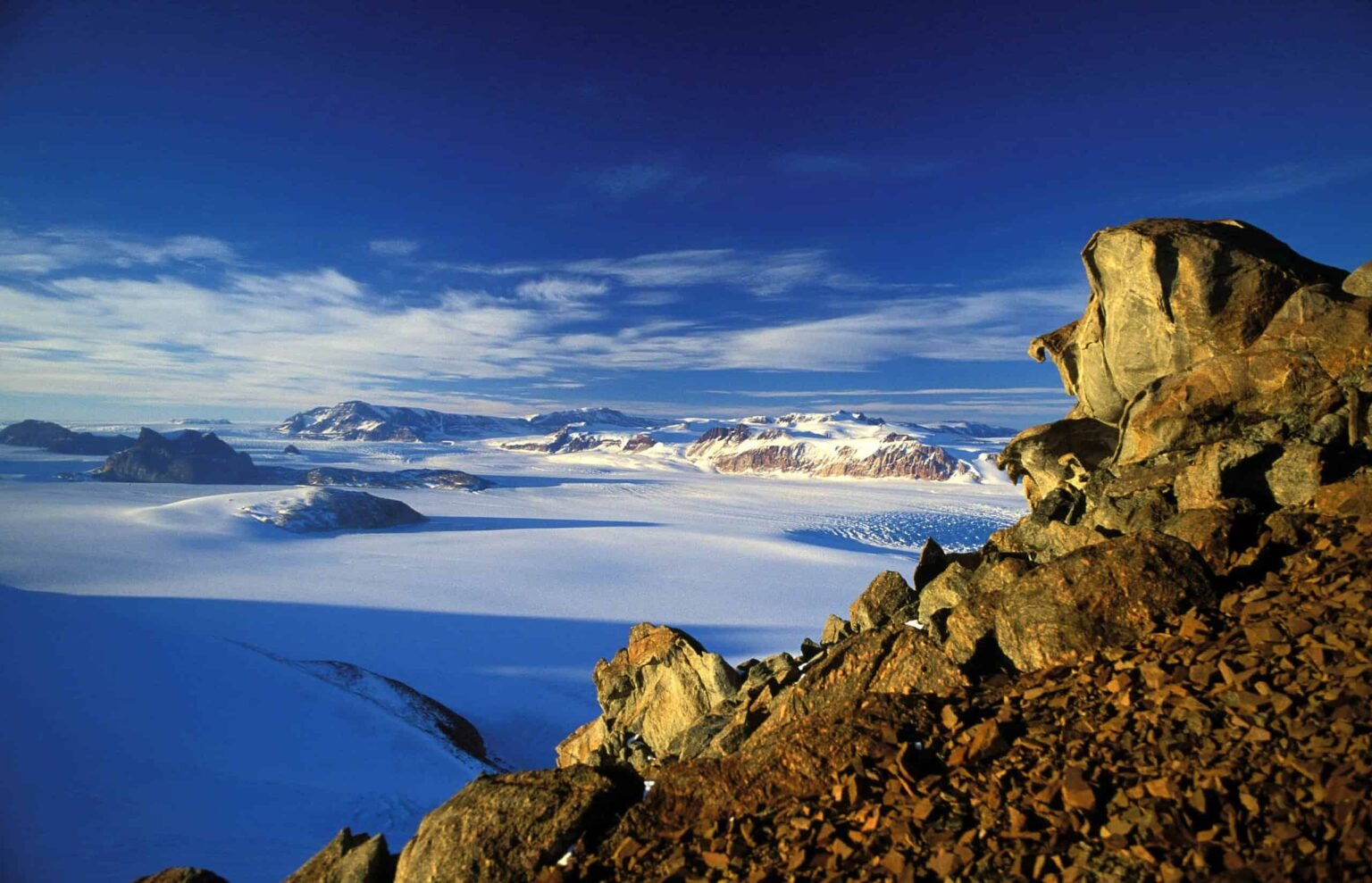Have you ever wondered what lies beneath Antarctica’s vast, icy surface? Beneath kilometers of solid ice, an enormous and mysterious mountain range remains completely hidden — the Gamburtsev Subglacial Mountains. These rugged peaks and deep valleys, comparable in size and shape to the European Alps, spent millions of years hidden beneath thick ice and secrecy.

Unlike most mountain ranges that form at active tectonic boundaries, East Antarctica, where the Gamburtsev Mountains lie, has been geologically stable for hundreds of millions of years. So how did this hidden mountain range form?
The Birth of the Gamburtsev Mountains Over 500 Million Years Ago
Recent research, published in Earth and Planetary Science Letters, sheds light on the origin of these mountains. The study reveals that the Gamburtsev Mountains formed more than 500 million years ago during the assembly of the ancient supercontinent Gondwana. This colossal event involved the collision of several continental landmasses, including what are now Africa, South America, Australia, India, and Antarctica.
The immense pressure and heat from this collision caused the Earth’s crust to thicken and partially melt beneath the region. Eventually, the crust became unstable and began to spread sideways, a process called gravitational spreading, which caused the mountains to partially collapse while preserving a deep “root” extending into the mantle.
This unique geological history explains how the ice preserved the range and kept it intact for millions of years.
Let me know if you’d like help refining other parts of the text for active voice and readability.
Unlocking Secrets Through Zircon “Time Capsules”
To uncover the timeline of these events, scientists analyzed zircon crystals from sandstones deposited over 250 million years ago. Zircons are invaluable to geologists because they contain trace amounts of uranium, which decays predictably and allows precise age dating. These “time capsules” showed that the Gamburtsev Mountains began rising about 650 million years ago, peaked around 580 million years ago, and saw major geological activity cease around 500 million years ago.
Why Are the Gamburtsev Mountains So Well Preserved?
Unlike many ancient mountain ranges that erosion and tectonic shifts have reshaped, the Gamburtsev Mountains remain remarkably intact because a thick ice sheet protects them. This frozen shield has preserved one of Earth’s most pristine examples of a deeply buried mountain belt.
This preservation makes them a unique natural laboratory for understanding ancient geological processes.
Future Exploration and Geological Significance
Direct exploration of the Gamburtsev Mountains is extremely challenging due to the thick ice cover. However, recent geological fieldwork near the Denman Glacier has uncovered rock samples likely connected to this hidden range, opening new doors for understanding East Antarctica’s geological makeup.
As scientific techniques improve, future studies may unlock even more secrets about the evolution of Antarctica and how ancient mountain-building events shaped the planet’s continents.
Antarctica continues to surprise scientists, revealing hidden landscapes that tell stories of Earth’s distant past.





